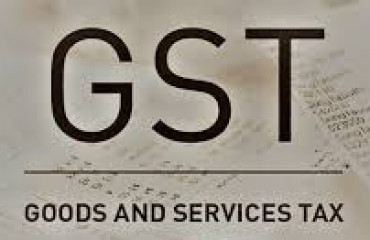
Shares of Indian cement companies had rallied on expectations that a potential cut in the goods and services tax rate to 18% from 28% would push demand higher and thereby, prices. However, the initial excitement following the 15 August announcement has fizzled out.
Shares of Indian cement companies had rallied on expectations that a potential cut in the goods and services tax rate to 18% from 28% would push demand higher and thereby, prices. However, the initial excitement following the 15 August announcement has fizzled out.
Shares of large-cement makers ACC Ltd, Ambuja Cements Ltd and Shree Cement Ltd have declined 2.5-3% since 18 August.
A GST rate cut may help accelerate premiumization in the sector as it would make higher-grade cement more affordable, leading to shift in preferences.
"Pan-India players such as Ultratech and Ambuja/ACC will benefit the most, as the penetration of their premium products such as Ultratech's Weather Plus and ACC's F2R and Gold will increase multi-fold across India," Nomura Global Markets Research said in a report dated 25 August.
Cement in India is categorized into four broad segments, based on pricing: premium, category A, category B and category C. The average price gap between categories A, B and C is ₹25-30 per bag, while the difference between premium and category A can be as high as ₹50 per bag, noted Nomura. A cement bag weighs 50 kg.
But lower tax alone won't drive incremental volumes as cement demand is inelastic. For products such as cement, which don't have a substitute, demand stays relatively unchanged despite price changes.
The GST Council is scheduled to meet on 3-4 September to decide on the proposed two-rate system. Even if the GST for cement is cut, savings for the consumer may not be meaningful enough to significantly boost demand.
Cement typically makes up 12-14% of the cost of upgrading or renovating a house, DAM Capital said in a report. The individual home-building segment is estimated to contribute over 50% of cement consumption, followed by government-led infrastructure projects.
Cost reduction
"Assuming a complete pass-on of the GST rate cut, cement prices could decline by around 8%, this means a pan-India average billing price of around ₹365/bag could decline to around ₹335/bag. In effect, this ₹30/bag price decline translates into a meagre 1-1.5% reduction in overall construction cost," DAM Capital said.
Moreover, cement prices are usually determined by competition or the industry's pricing discipline. Heighted competition for market share has weighed on cement prices recently, hurting realizations. In general, sluggish demand and lack of consumer acceptance have been key hurdles to sharp increases in cement prices.
For now, the monsoons are a seasonally weak period for cement and prices have been muted in August (see chart). Volumes and realization growth are expected to be subdued in the September quarter (Q2 of FY26).
While stable diesel and softer coal costs could provide some respite for cement companies, the cost of inputs such as petroleum coke is elevated and may offset these gains.
Profit margins of cement companies had improved significantly in Q1. However, as Kotak Institutional Equities pointed out, back-ended capacity addition in FY26 (estimated) should bring prices/margins under pressure in the second half of FY26.
"We believe margins have peaked in Q1FY26 and estimate Ebitda at ₹1,100 per ton in FY26 versus ₹1,200 per ton in Q1FY26 for our coverage," Kotak's analysts said in a report on 20 August.
A tax reform won't drive meaningful re-rating of cement stocks. There could be a demand uptick after Diwali in October, and investors will track how that pans out.
